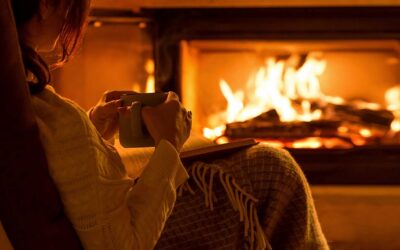If you have water damage, your first reaction may be, “Do I need to call a restoration company for help, or can I fix this myself?”
By understanding the IICRC’s classes and classifications of water damage, you can answer this question.

Before we get started, you should know the difference between water damage classes VS water damage categories.
- The classes describe the dehumidification requirements at which the water will evaporate. Class 1 means little dehumidification is required. On the other end, class 4 means that specialized dehumidification is required.
- The categories describe the cleanliness of the water that damaged your property. Category 1 means clean water that you could theoretically drink. On the other end, category 3 means “Yuck, don’t touch that!”
Now that you know the basics, let’s dive in!
Classes of Water Damage
Class 1: Slow Evaporation Rate
This first class encompasses water that has…
- Only covered a section of the room
- Is in a confined area
- Touched nonabsorbent materials (e.g. plywood, particleboard, structural wood, concrete).
- Has caused little or no wet carpet and/or cushion.
Class 2: Fast Evaporation Rate
The second class encompasses larger ‘flood-like’ situations. The water has…
- Affected the entire floor, or carpet and cushion
- Wicked up all walls 12-24 inches.
- Saturated nonabsorbent material (e.g. plywood, structural wood, concrete).
Class 3: Fastest Evaporation Rate
The third class contains a combination of classes 1 & 2, but the water has…
- Come from overhead
- Has saturated ceilings, walls, insulation; virtually the whole area
Class 4: Specialty Drying Situations
The final class is reserved for the most extreme situations. The water has…
- Formed deep pockets of saturation
- Requires specialized drying equipment
- Needs low, specific humidity to evaporate
Categories of Water Damage
Category 1: Clean Water
The first category encompasses clean water. This water must originate from a source that does not pose substantial harm to humans.
Examples include…
- Portable water
- Broken water supply lines
- Tub or sink overflows with no contaminants
- Falling rainwater or snow
- Broken toilet tanks and bowls
Category 2: Grey Water
Our second category, greywater, has the potential to cause sickness if exposed to humans. Greywater may carry micro-organisms, chemicals, and other forms of contamination.
Examples include…
- Discharge from dishwashers or laundry machines
- Groundwater seepage
- Broken aquariums
- Punctured waterbeds
- Overflows from toilet bowls with some urine but no feces.
Category 3: Black Water
The final category is the most dangerous. Blackwater contains “pathogenic agents”, and is grossly unsanitary. Such water may carry chemicals, pesticides, and other toxic substances.
Examples include…
- Sewage
- Contaminated water sources affecting the indoor environment
- Toilet backflows from beyond the toilet trap
- Flooding from seawater
- Ground surface water and rising water from rivers and streams
Summary
To summarize, a water damage incident can be a mix of any category and class. For example, a water damage job that is a class four / category three would be a nightmare!
In short, if your water damage is a class one / category one, breathe a sigh of relief! As long as you have the right equipment, you will be able to clean up the water damage yourself.

However, if your water damage is higher than a class one, category one, get help! For the sake of your property’s health, seek out a professional restoration company.
All things considered, proper water damage treatment is vital. It is the only way to ensure that the awful effects of water damage don’t follow the incident.
NuBilt Restoration & Construction serves the Denver Metro Area and quickly responds to property damage issues. Call us at 303-368-4688 for a free inspection today.
Finally, if you have questions or comments, let us know by replying below!




